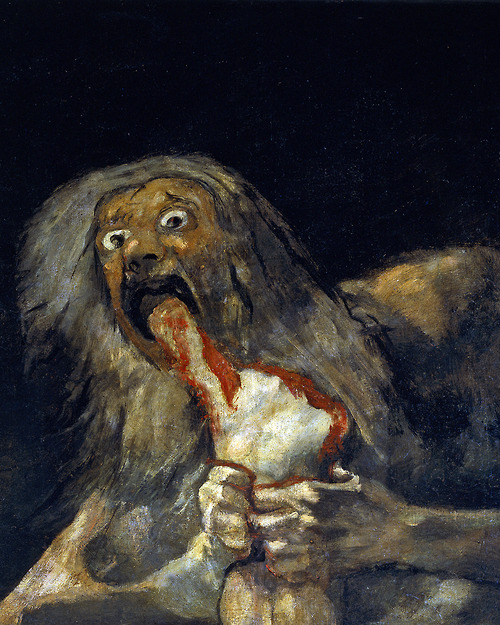- The experience of art, and consequently the perception and evaluation of art, seems particularly challenging to comprehend within a scientific framework
- Progress is being made toward a psychological understanding of art perception and aesthetic appreciation
- It is doubtful whether scholars will ever agree on a firm definition for what constitutes as art (establish my own for project)
- In the current context it seems appropriate to define art from the viewers’ perspective: that art is that which is categorized by the viewers as such
- Survey
- People asked to distinguish art images from non-art images and describe why they considered some to be art and others not
- Respondents consistently asserted that art images are expressive (“emotion,” “expression”), that the manner of creation is a central feature of an artwork (“talent,” “creativity and skill,” “I couldn’t do it”), while making a statement without this manner (“symbol…not creativity and skill”) is not enough to constitute art.
- Artworks may be identified as works perceived as embodying human expression
- Cognition
- Emotions, which per force belong to the individual experiencing them, should influence the cognition of attributes belonging to an artwork
- Affect
- It is well established that visual art is an aesthetic stimulus that evokes an emotional response
- What role does an individual’s emotional response to an artwork have in its evaluation?
- Typical that positive feelings lead to positive evaluation and negative feelings give rise to a negative evaluation
When exposed to a stimulus, two processes may occur
- First, individual praises globally as a whole without doing a detailed assessment of individual features
- Followed by a detailed evaluation
- Model of aesthetic emotions according to which viewers deem an artwork beautiful when they find it easy to process
Investigation: what are the various components that we theorize influence art evaluation, how do they relate to one another, and how do they inform art evaluation as a summary judgement

- Elicited strong, negative emotion, high arousal
